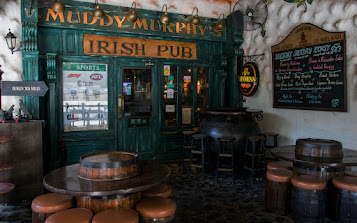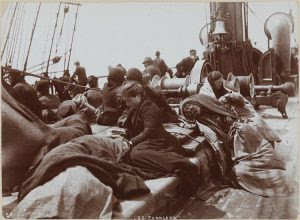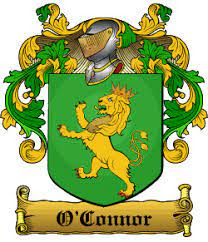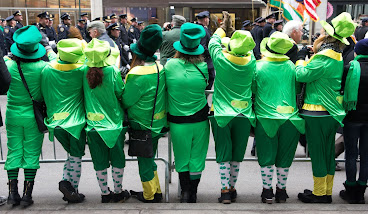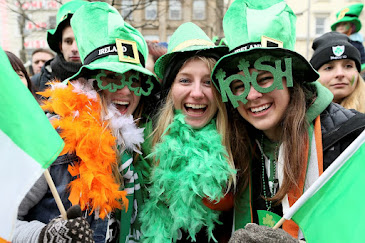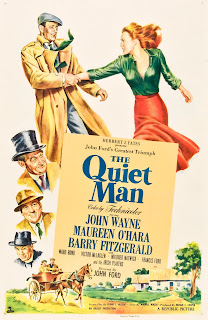The significance of the harp in Irish culture

One of the most significant representations of Irish culture is the harp. It has long been a part of Irish culture and has contributed significantly to the history, literature, and music of the nation. The role of the harp in Irish culture will be discussed in this article. The harp's history in Ireland In Ireland, harps have been played for a very long period. The instrument was a familiar sight in Gaelic courts and chieftain's homes, and the oldest mentions of it in Ireland date from the tenth century. The harp evolved into a representation of Irish identity and culture over the decades that followed. In fact, because of its close ties to Ireland, it earned the names "Irish harp" and was depicted on the country's coins and official seals. Irish music and the harp Irish music has benefited greatly from the harp's presence. It is an essential component of the na...
